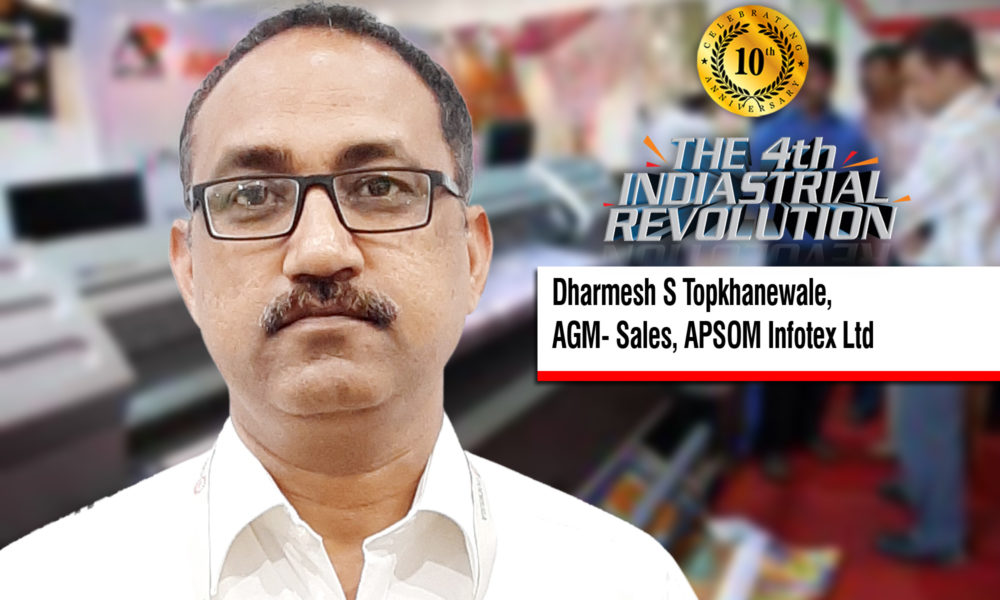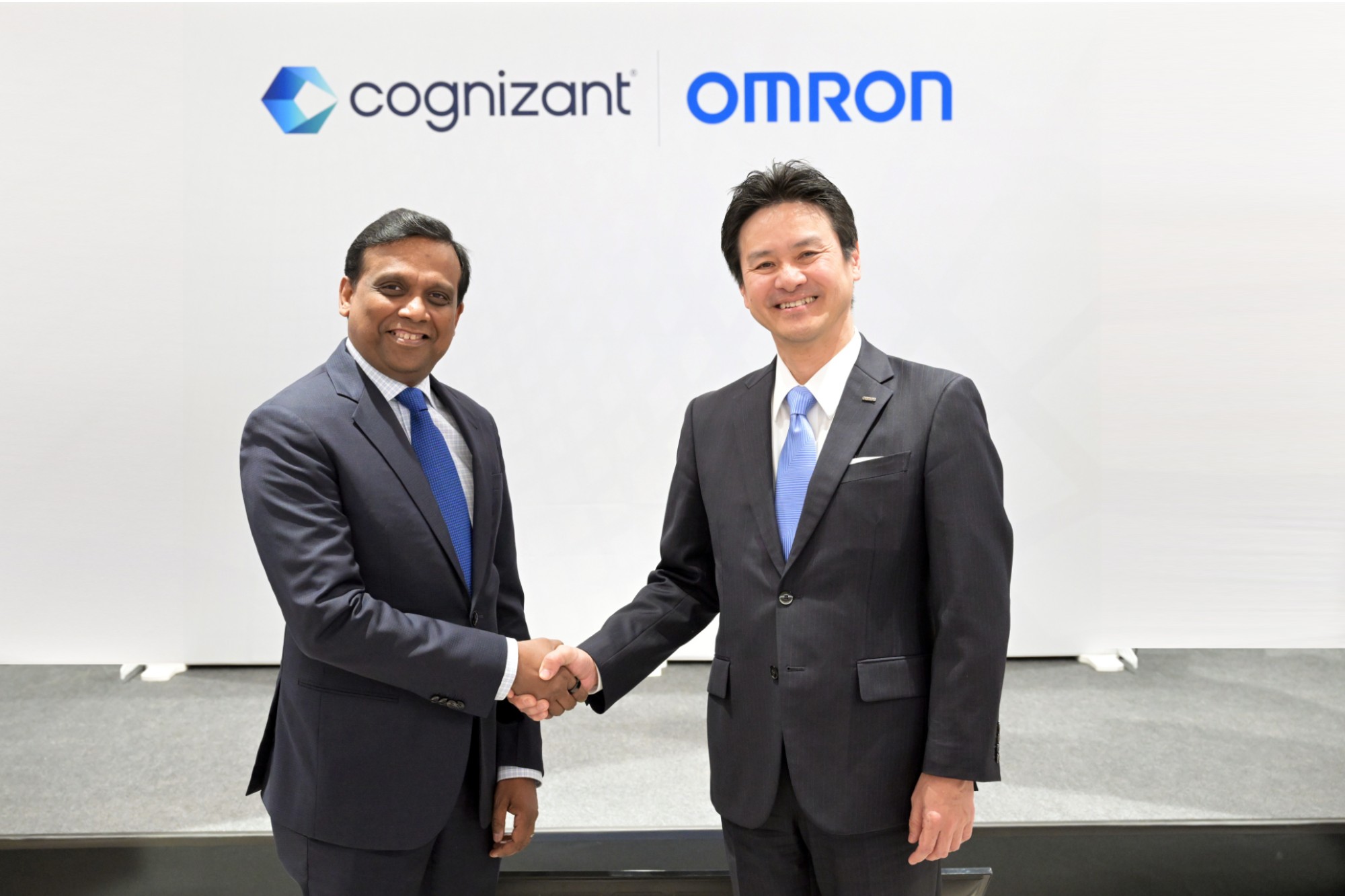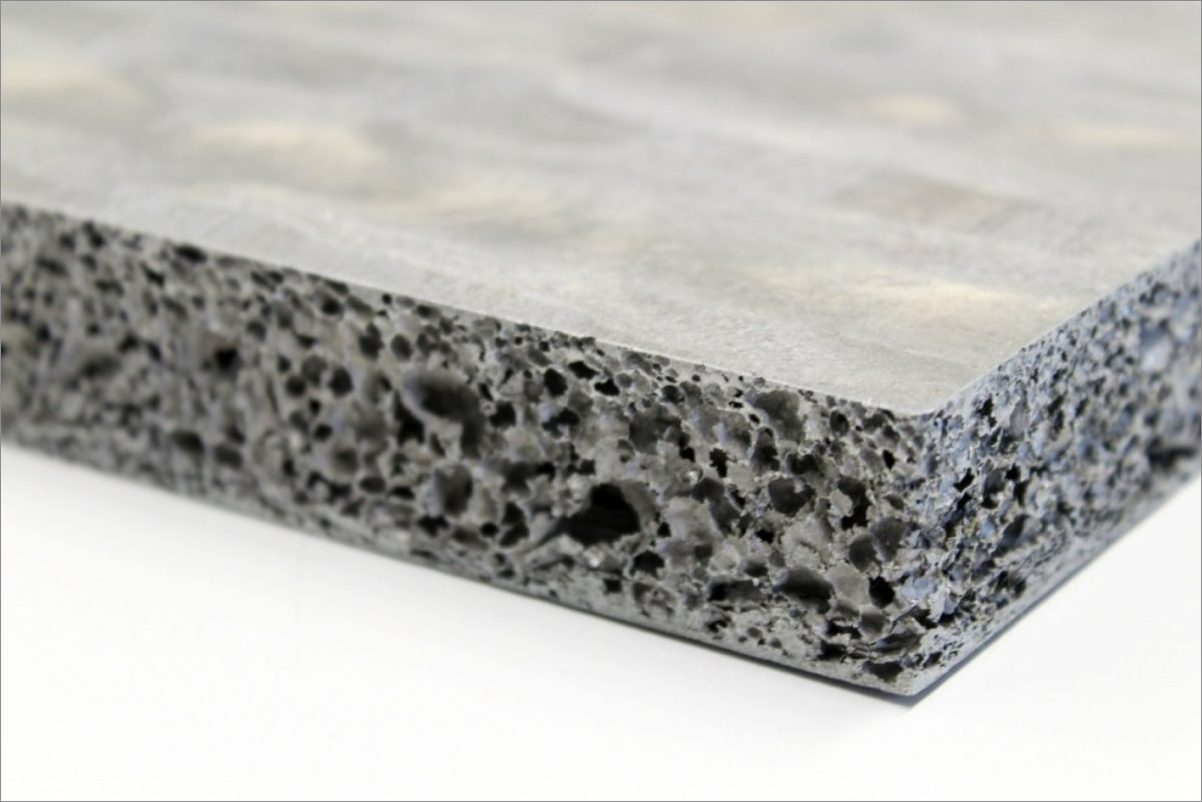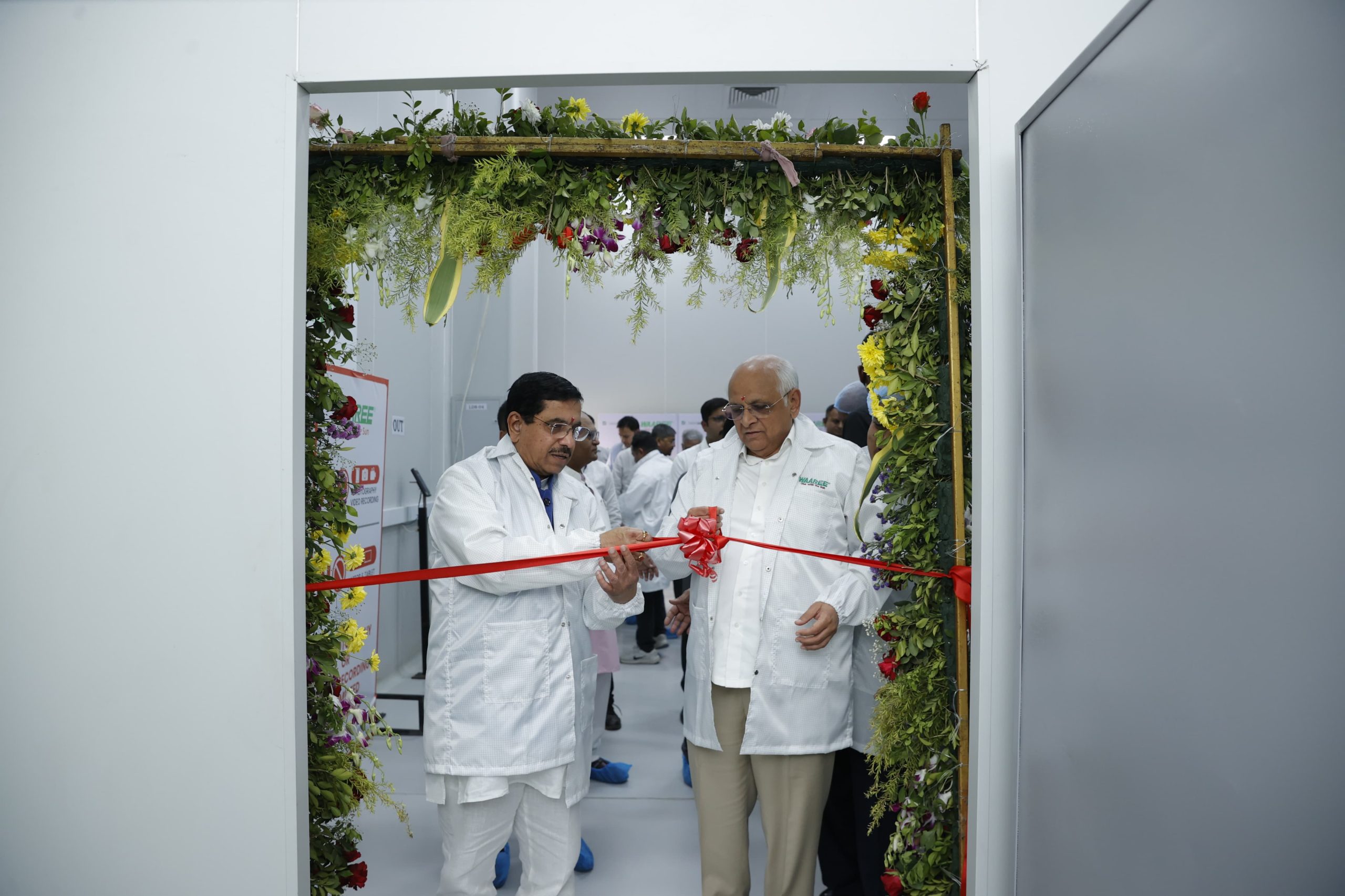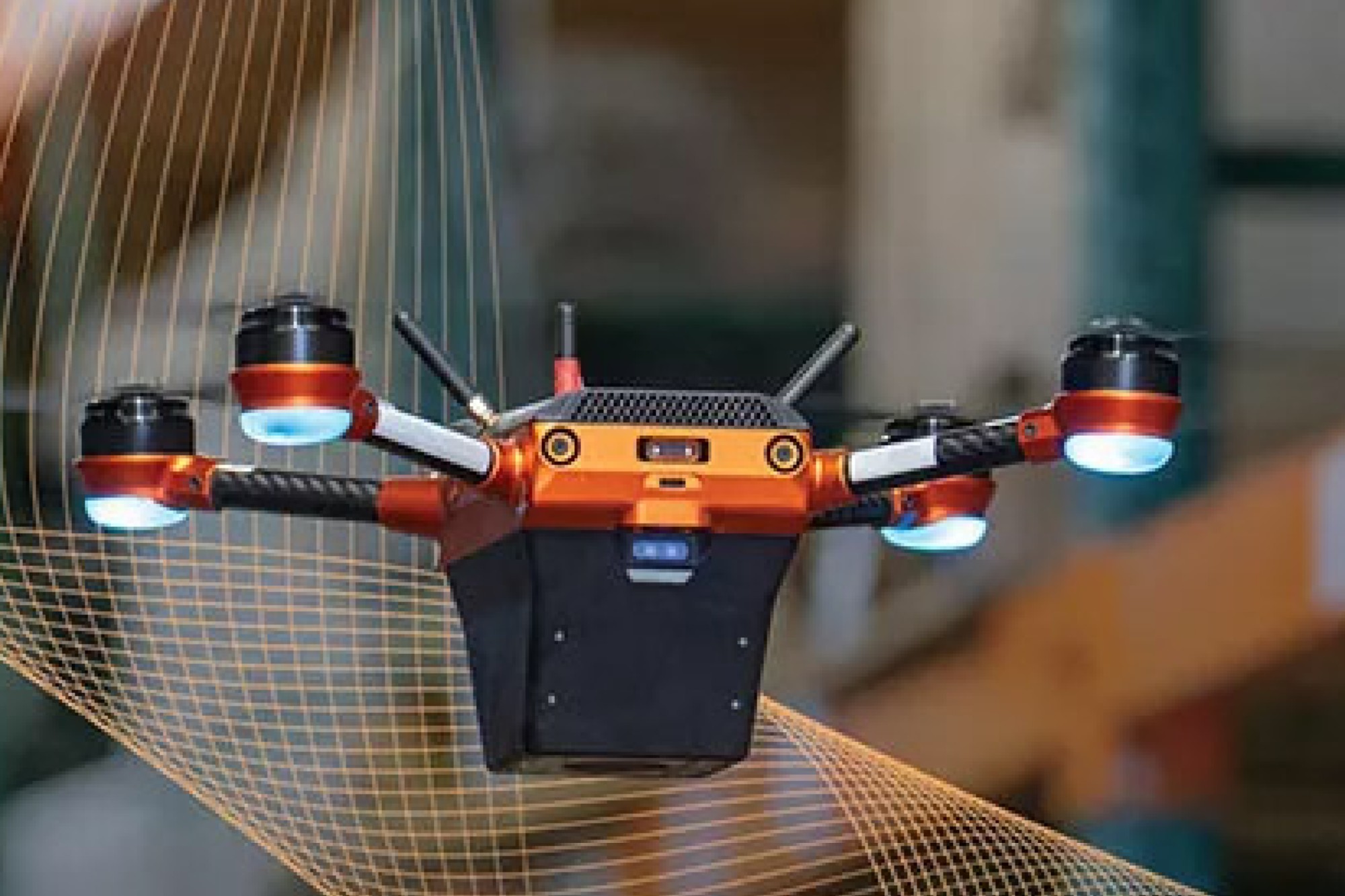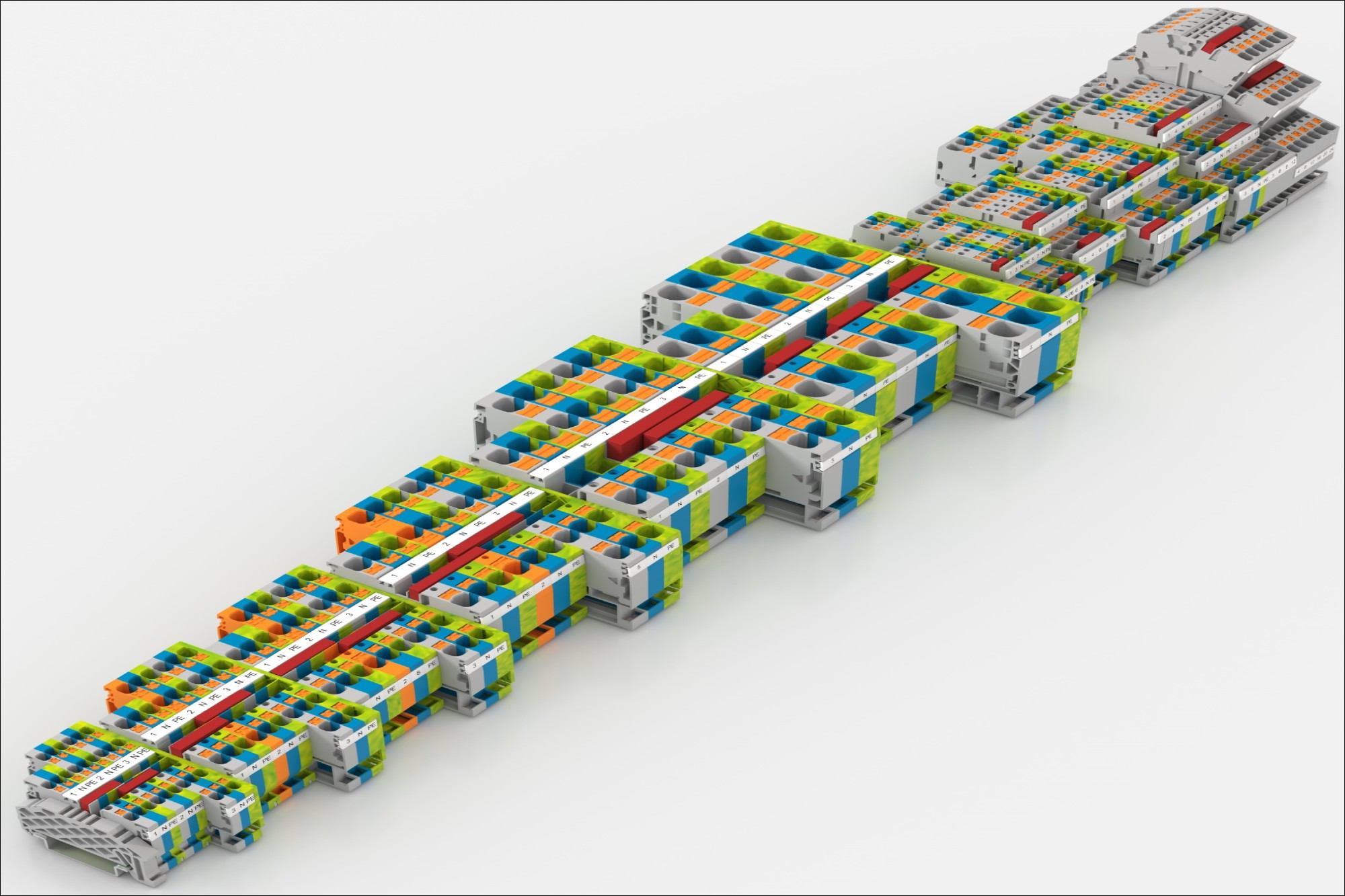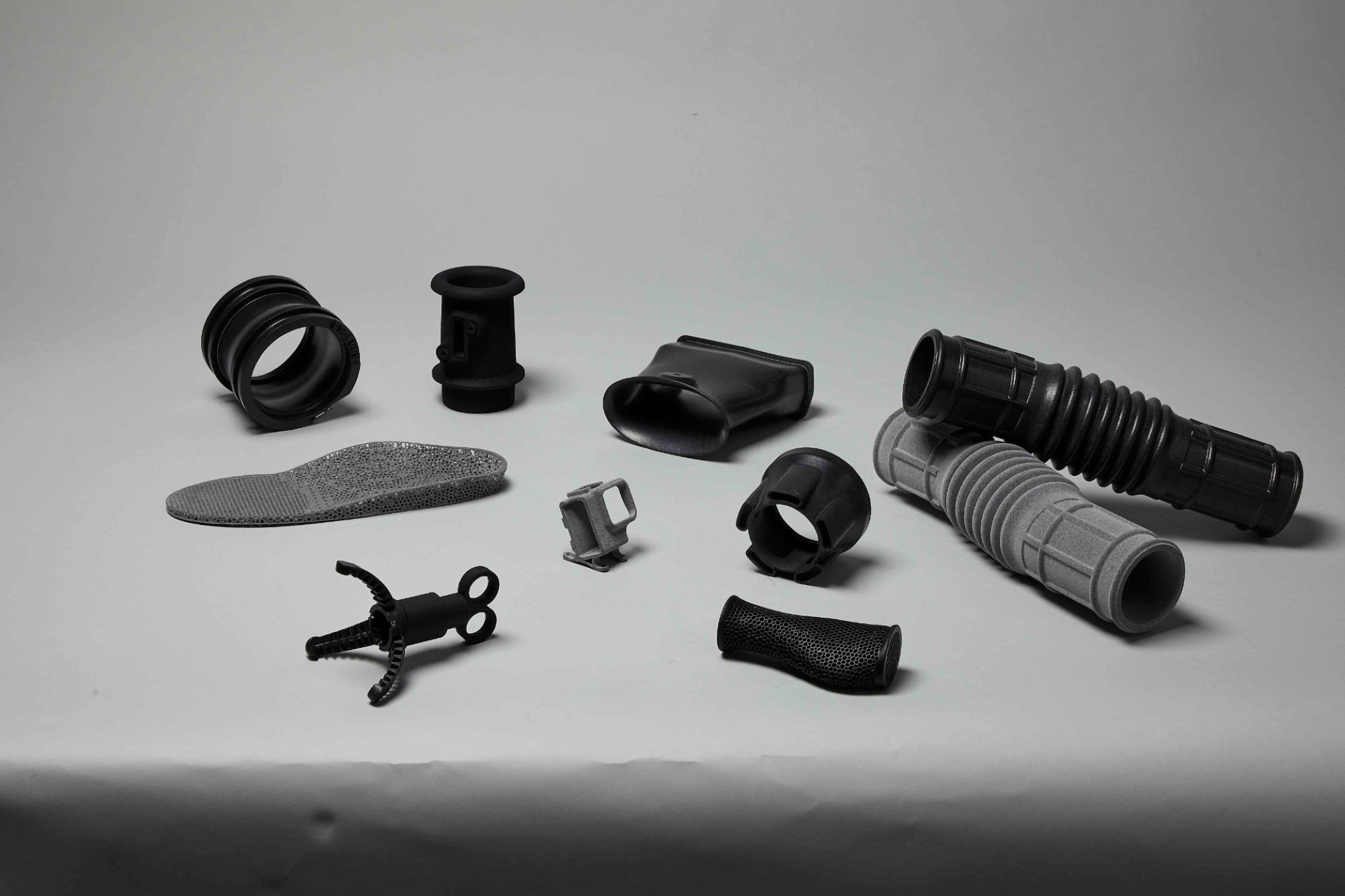Transitioning to be a software defined business
By OEM Update Editorial June 17, 2019 5:35 pm IST
Dharmesh S Topkhanewale, AGM- Sales, APSOM Infotex Ltd discusses how new age companies are looking to strengthen their technology-based products and services.
Make in India crusade
Make in India, is a propaganda initiated for the sole purpose of inviting various commercial sectors from all around the world, to engineer their products in India and sell them anywhere they wish. The crusade,instigated on 25th September 2014, has emerged as one of the grandest triumphs of the Indian economy. Make in India has come with lots of benefits and advantages for the Indian economy. Due to this fact, companies from across the globe is making a huge investment in Make in India project, and have thrived successfully, making India a hub for the manufacturing companies, overshadowing countries like the USA.
Digital transformation, what it means
New technologies have changed every aspect of the world we live in, and cannot think of a single sector or industry that has not benefitted from it. From software defined infrastructure and multi-cloud environments to digital workspaces and device management, Indian SMEs are keen to leverage all in their quest to push ahead. Of course, security remains the main concern for organisations across the board, and SMEs are rapidly moving away from a bolted-on approach to security, to more intrinsic strategies. In a world of agile tech-based companies, older companies must modernise and make the transition to be a software defined business if they want to retain their competitive edge.
Lacking the latest mechanism
India, being an underdeveloped country, obviously lack various latest mechanisation, which, is a big hurdle in the path to development of the nation. Hence, with the myriad of countries coming forth by the Make in India crusade, India will be given the opportunity to make use of the latest technology that these countries bring along. Not only will India benefit from the knowledge and use of the technology but also, the concerned nations will be provided with a skilled and erudite labor.
Overall equipment effectiveness
If there is one decisive metric in the manufacturing environment, it is the OEE (overall equipment effectiveness). The metric measures how effectively a manufacturing operation is utilised as compared to how effective it could be. Average OEEs run at 60-70 per cent. Today’s world class OEEs are around 85 per cent. That means that even the most effective factories today lose 15 per cent of time on non-value-adding tasks like machine changeovers, stoppages, maintenance, and production of faulty products. The monetary equivalent to a one percentage point increase in OEE is gigantic for every company. Subsequently, there is plenty of room for future smart factories to get closer to a 100 per cent OEE.
The following scenarios have the potential to lead to smart factory disruption:
• Cyber physical systems (CPS) change the existing automation hierarchy
• Smart maintenance as enabler for machines-as-a-service
• End-to-end automated decision-making
• One-piece no-flow production setup
Future prospect
For Industry 4.0 to come true, it is essential to implement the horizontal integration of inter-corporation value network, the end-to-end integration of engineering value chain, and the vertical integration of factory inside. The smart factory helps to implement the sustainable production mode to cope with the global challenges. It can lead to novel business modes and even affect our lifestyle.
There is plenty of room for future smart factories to get closer to a 100 per cent OEE
Dharmesh S Topkhanewale, AGM- Sales, APSOM Infotex Ltd
Cookie Consent
We use cookies to personalize your experience. By continuing to visit this website you agree to our Terms & Conditions, Privacy Policy and Cookie Policy.



